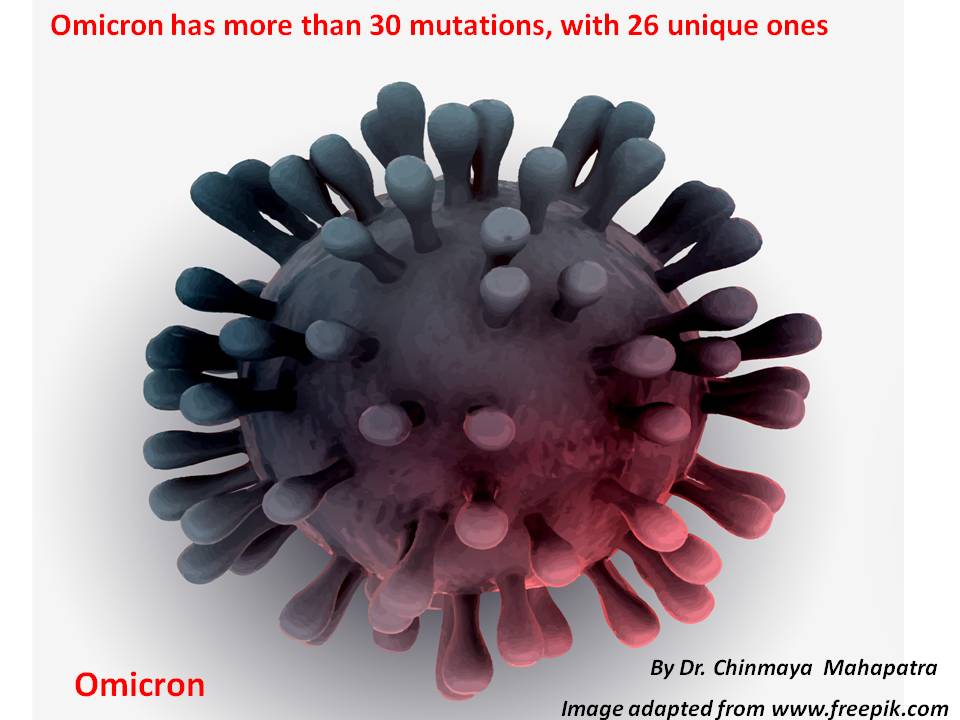
To determine whether specific strain is the main culprit behind the outbreak, testing is essential. Therefore, it is necessary to communicate that data both within the nation and between various states.
New Delhi: There is a noticeable rise of COVID-19 cases in a number of Asian nations, which scares health officials even more. The current rise is driven by both diminishing immunity and evolving virus strains. As mobility rose, public health regulations were loosened.
One of the primary contributions may be the novel subvariants of the Omicron strain. In particular, the JN.1 lineage has a role. This subvariant seems to evade immunity more successfully and is highly transmissible. It isn’t more deadly, though. Although most vaccinated individuals still have relatively mild symptoms, its quick dissemination is already causing an increase in the total number of cases.
Immunity declines are another factor. Since many Asian populations received their first dose more than a year ago, booster uptake has remained quite low in some locations. Without prompt booster shots, immunity deteriorates, making communities more prone to infection, particularly among vulnerable populations like the elderly.
The issue is made worse by the overall relaxation of pandemic-era safeguards. Mask wearing, social isolation, and cleanliness practices have all mostly been abandoned as people return to their regular routines. Now that public gatherings and international travel are back to normal, the virus has plenty of opportunities to propagate.
A role is one that seasonal factors play. In regions of Asia where the risk of transmission is higher and the ventilation is really worse, people do move indoors when the temperature drops. Additionally, underreporting persists as testing decreases, meaning that the actual number of cases may be far higher than reported data.
People should take into account the current spike and take the appropriate precautions to ensure they don’t contract it again. It may be advantageous to maintain surveillance in order to identify any upcoming alterations early. Being watchful and acting responsibly are also important aspects in controlling the virus.
New symptoms linked to the JN.1 variant include the following:
1) A headache,
2) A sore throat
3) A fever
4) Coughing that is dry
5) The most common symptom of this type is diarrhea.
6) Blocked or runny nose.
7) Weariness or fatigue
8) Loss of flavor or aroma
Remain alert, keep an eye out for any new cases coming into the country, and keep an eye out for any increase in the number of flu-like illnesses being reported. When suspicion is raised, the person in question—especially a traveler—should be investigated, tested for genomic surveillance, and, of course, isolated. “We must reevaluate our vaccination strategy, particularly the booster dose, if the number of cases rises. This is especially important for individuals who are at high risk, as I mentioned earlier: the elderly, those with medical comorbidities, those with organ failures, those taking immunosuppressive drugs, etc. Thus, we might need to especially address this high-risk group.
